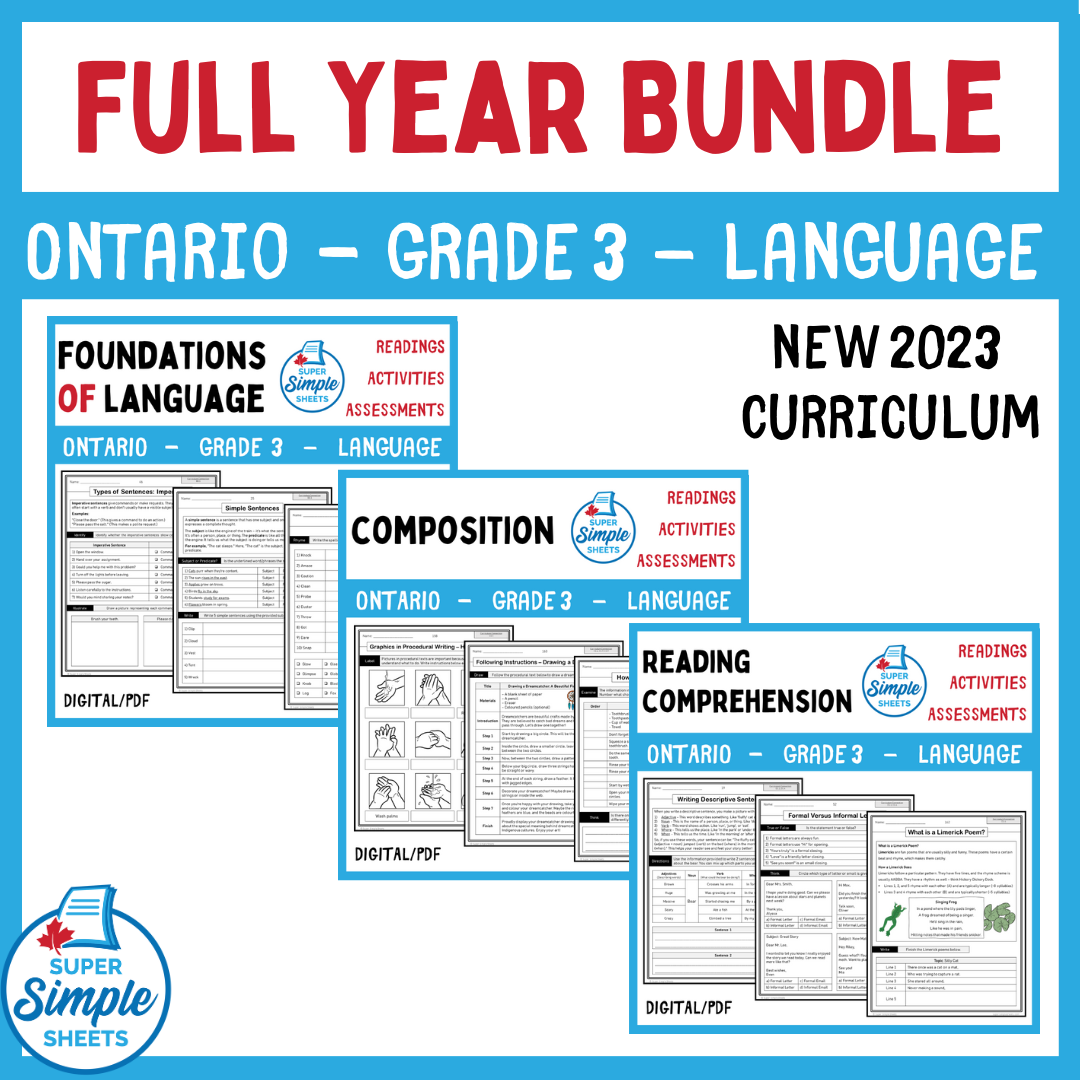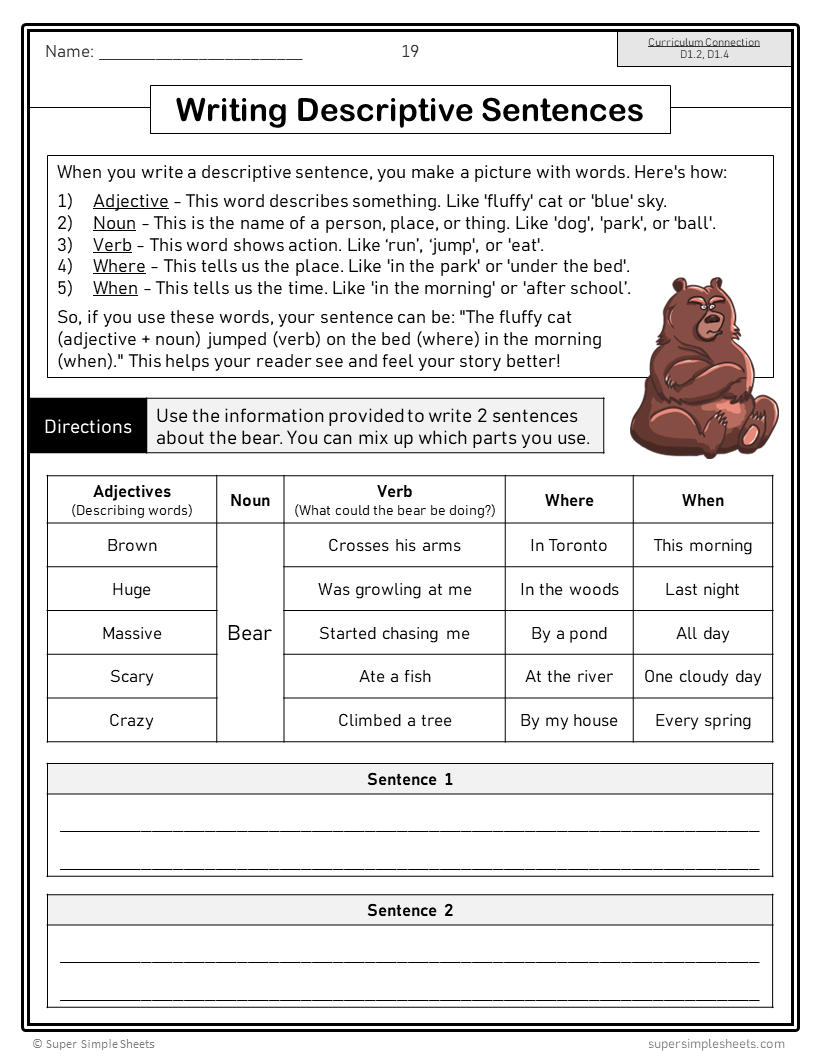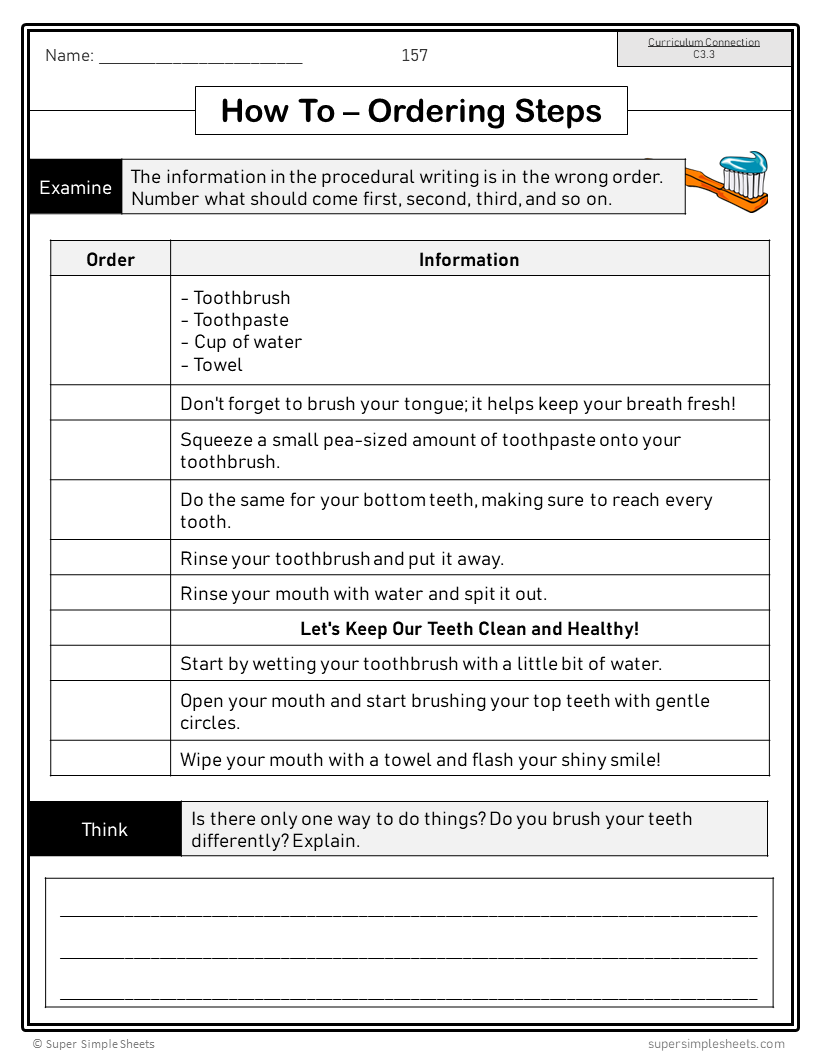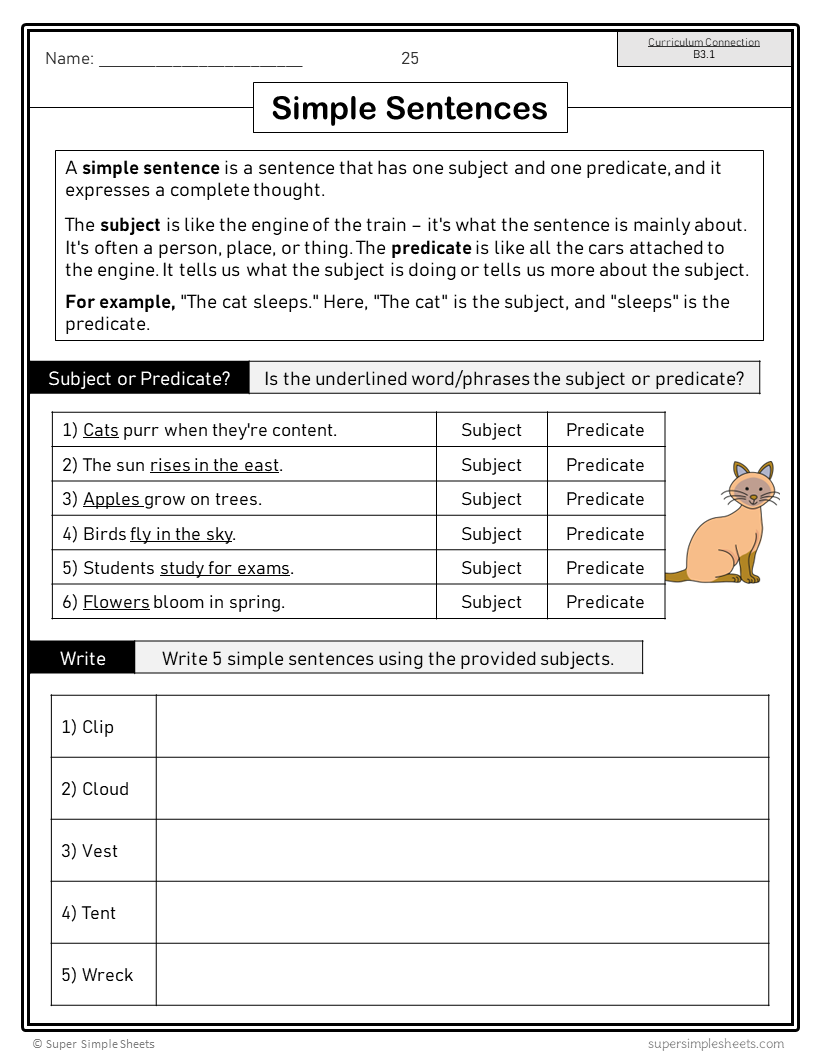Ontario Grade 3 Language - FULL YEAR BUNDLE - NEW 2023 Curriculum
Ontario Grade 3 Language - FULL YEAR BUNDLE - NEW 2023 Curriculum
Interested in a bundle? Shop below instead!
Couldn't load pickup availability
PRODUCT PREVIEW
BOTH GOOGLE SLIDES AND PDF VERSIONS INCLUDED!
FULL YEAR BUNDLE - Teaching made easy! This NO PREP bundle includes everything you need to teach the NEW 2023 Grade 3 Language Curriculum.
New Ontario 2023 Language Curriculum – Foundations of Language Strand. This resource covers all expectations and learning goals in the Grade 3, 2023 Ontario Language Curriculum – Foundations of Language Strand.
There are 382 activity sheets that align perfectly to cover all expectations in the NEW Ontario 2023 Language Curriculum. Included are 30 weeks of activities that cover the curriculum strategically, allowing teachers to use spiral teaching to ensure they are covering the entire curriculum.
With the focus of the new curriculum on explicit teaching of vocabulary (tier 2 words) and Science of Teaching methods, we have created 30 word lists for students to study. Your students will work on different consonant clusters and vowel teams each week, as well as suffixes and prefixes.
Included in this unit are the overall expectations:
B1: Oral and Non-Verbal Communication – over 10 activities/assignments to cover all specific expectations
B2: Language Foundations for Reading and Writing – included in the weekly activities, students will perform word work to improve their spelling, reading strategies, fluency, and vocabulary.
B3: Language Conventions for Reading and Writing – included in the weekly activities, students will learn about parts of speech, grammar, capitalization and punctuation.
We have also covered Strand A in Language - Literacy Connections and Applications. We have included curriculum connections for all our activities, so you can see exactly what you will be covering by completing each activity. We know this will help when writing report cards!
In addition, we have included a full-year long range plan that outlines what concepts from the curriculum you will be teaching each week, and what prefixes/suffixes/letter blends will be covered.
Some of the concepts covered:
- Complete sentences versus fragments
- Simple versus compound sentences
- Listening strategies
- Suffixes: -s, -ing, -er, -ed, -ion, -ment, -ism, -ful
- Prefixes: in-, ex-, co-, dis-, mis-, non-, pre-, post-, bi-, tri-, un-, over-
- Parts of speech – nouns, verbs, adjectives, adverbs, pronouns, prepositions, conjunctions, interjections
- Four types of sentences – declarative, interrogative, exclamatory, imperative
- Editing work – using capital letters
- Fun weekly word work – word search, crosswords, creating words, coding, word scrambles, cursive writing
- Independent and dependent clauses
- Coordinating conjunctions – FANBOYS
- Complex sentences with adverbial clauses.
- Adverbs and their formative suffixes
- Position-based tendencies – I before E
- Decoding strategies – chunking unfamiliar words, rhyming words: word families, skip and revisit
- Memorizing irregular grapheme-phonemes ough, ph, ei, and mb
- Using context to understand unfamiliar words
- Using dictionaries to look up word meanings and thesauruses to find synonyms
- Using apostrophes for contractions
- Possessive nouns – using apostrophes for singular nouns and for plural nouns
- Linking verbs
- Interrogative adjectives and adverbs
- Using commas for direct speech
- Homophones and homonyms
- Capital letters: titles, proper nouns, and in dialogue
- Fluency readings
- Reading with appropriate expression and intonation
- Weekly quizzes (30 different assessments)
- Answer pages for all activities
Grade 3 - New Ontario 2023 Language Curriculum – Composition: Expressing Ideas and Creating Texts Strand. This resource covers all expectations and learning goals in the Grade 3, 2023 Ontario Language Curriculum – Composition: Expressing Ideas and Creating Texts Strand.
There are 291 activity sheets that are aligned to cover all expectations in the NEW Ontario 2023 Language Curriculum. Included are 10 blocks of content, each covering a different text form. Within each block, the overall and specific expectations are met.
This is a language program developed by a language teacher. We have included exemplars for students to use to formulate success criteria so they can improve their writing quality. Moreover, we’ve scaffolded the expectations involved with producing quality writing to ensure all students can progress.
Included in this unit are the overall expectations:
D1. Developing Ideas and Organizing Content: hands-on activities, group work, and many independent work opportunities to develop these skills
D2. Creating Texts – 13 different assignments with planning pages included to scaffold student learning
D3. Publishing, Presenting, and Reflecting – group work revision activities, success criteria, and rubrics as well as opportunities for students to present and reflect on their work.
We have also covered Strand A in Language - Literacy Connections and Applications. We have included curriculum connections for all our activities, so you can see exactly what you will be covering by completing each activity. We know this will help you when writing report cards!
In addition, we have included a full-year long range plan that outlines what concepts from the curriculum you will be teaching each week.
Some of the concepts covered:
- Types of text forms – when to use each one (narratives, letters/emails, persuasive, comic strips, reports, etc.)
- Experiment – writing with planning time versus writing without planning time (no brainstorming)
- Personal voice in writing
- Writing descriptive sentences – using adjectives, verbs, adverbs and prepositions
- How to write a paragraph – topic sentence (hook), body, conclusion
- Formal versus informal letter writing – voice in our writing
- Purpose and audience in letter writing – effect on our voice
- Narrative writing – beginning, middle, end
- Analyzing quality stories – building success criteria
- Using quotations in our narratives – dialogue
- Activity – Story Swap Revision Party
- Understanding persuasive writing
- Activity – Is It Persuasive: Facts Versus Opinion
- Understanding bias in persuasive writing
- Assignment – advertising a new invention
- Report writing – a quick guide
- Activity – Idea Factory
- Writing reports – using the facts provided to organize a report
- Activity – Online Treasure Hunt
- Report Writing – writing strong introductions and conclusions
- Types of poems – Haiku, Limerick, Cinquain, and Rhyming Poems (AABB Patterns)
- Assignment – writing a poetry children’s book
- Cursive writing – Limerick
- Examining bias in reviews
- Practicing summaries in book review writing
- Publishing a book review
- Comic strips – onomatopoeia and illustrating graphic texts
- Assignment - creating an online comic strip
- Biographies – cross curriculum: Chief Poundmaker and Nellie McClung (Social Studies) and da Vinci (Science)
- Cursive writing package – all letters (upper and lowercase)
- Answer pages for all activities
Grade 3 - New Ontario 2023 Language Curriculum – Reading Comprehension Strand. This resource covers all expectations and learning goals in the Grade 3, 2023 Ontario Language Curriculum – Reading Comprehension Strand.
There are 247 activity sheets that align to cover all expectations in the NEW Ontario 2023 Language Curriculum. These activities can be used on their own, or to compliment the Composition Strand. Students will learn each of the expectations as they progress through the different text forms that follow the same pattern as the Composition unit.
We’ve included a variety of activities, including independent reading responses, group activities, assignments, experiments, and hands-on activities to keep your students engaged.
Included in this unit are the overall expectations:
C1. Knowledge about Texts – taught using 10 different text forms, including letters, procedural writing, and reports.
C2. Comprehension Strategies – we’ve included a stand-alone independent reading comprehension package (BINGO and other responses), and these strategies are taught throughout the 247-page unit.
C3. Critical Thinking in Literacy – taught throughout the resource (biases, inferences, literary devices, etc.)
We have also covered Strand A in Language - Literacy Connections and Applications. We have included curriculum connections for all our activities, so you can see exactly what you will be covering by completing each activity. We know this will help when writing report cards!
In addition, we have included a full-year long range plan that outlines what concepts from the curriculum you will be teaching each week/block.
Some of the concepts covered:
- What is reading comprehension?
- Before reading: comprehension strategies – activating prior knowledge and reasons for reading
- During reading: comprehension strategies – questioning, making connections, inferences, predictions, visualizing
- After reading: comprehension strategies – summarizing, making global and local inferences, visualizing
- Letter writing – emails, formal and informal letters, writing with voice
- Narratives – use of literary devices: similes, metaphors, assonance, and alliteration
- Perspective in narratives – first-person and third-person
- Narratives – sequencing multiple plots in a story and explaining cause and effect
- Indigenous storytelling – learning about different symbols, languages, and values
- Cross-curricular connections – science and social studies (matter, working in Ontario, etc.)
- Persuasive writing – using critical thinking skills to determine bias
- Using facts or opinions in persuasive writing
- Finding implicit and explicit evidence in persuasive texts
- Making inferences about persuasive texts
- Text features in reports – index, glossary, timelines, headings, subheadings, etc.
- Reports on diversity, inclusion, and accessibility
- Summarizing reports – determining the main idea and supporting details
- Activity – group work summarizing
- Use of infographics, timelines, maps, diagrams, and pictures in reports
- Literary devices used in poetry – assonance and metaphors
- Assignment – examining poems written by Indigenous authors
- Understanding haiku, limericks, acrostic poems, cinquain poems, and rhyming poems
- Reading different styles (voices) in book reviews
- Text features in comics, infographics, memes, and maps
- How images, graphics, and visuals contribute to biographies
- Text features in biographies – using a glossary and indexes to understand a biography
- Biographies – Isaac Newton, Dian Fossey, Thomas Edison, and Edith Monture: index and glossary
- Procedural writing – text forms: lists, title, graphics, and labels
- How graphics improve procedural writing
- Following instructions – drawing a wigwam and a dreamcatcher
- Answer pages for all activities
This is a comprehensive bundle that will save you hours of planning! It has everything you need to feel confident that you are covering the NEW Ontario Language curriculum.
Share




This resource is a Language teacher's lifesaver! Navigating through the new Ontario Language curriculum has been very challenging for me and this resource makes it manageable and understandable. I love how the resource has each curriculum expectation included, so I know exactly what the students will cover. I also have the Math resource and use it daily as well. If you could create a title page for each section, that would be great. Also, not sure if media expectations have been covered, as I have not been able to look through everything as of yet. Thanks so much again for this great, thorough and engaging resource.
I teach a Special Education Resource Class where students are working at grade 2, 3 and 4 levels in Language. I love how all the bundles align with the new Ontario curriculum and are easy to use, and that each grade level follows the same format so that I can teach the lesson, then give the students diversified work at the level they are working at. Best purchase ever.
I love how easy these sheets are to follow. They are my go to in all my subjects and in all my grades!
So comprehensive and covers many of the Ontario Language Curriculum requirements. So glad I purchased this. Will save me so much time.
This language bundle is comprehensive and contains resources for all of the new language curriculum. The Fundamentals of Language review the phonics and word study requirements at a Grade 3 level. Students are learning grammar and phonics rules every week, without realizing they are learning grammar.
I would highly recommend this new language bundle for the next school year.







